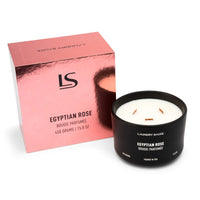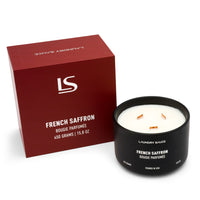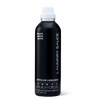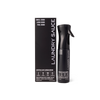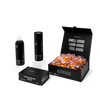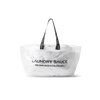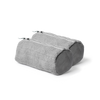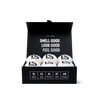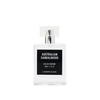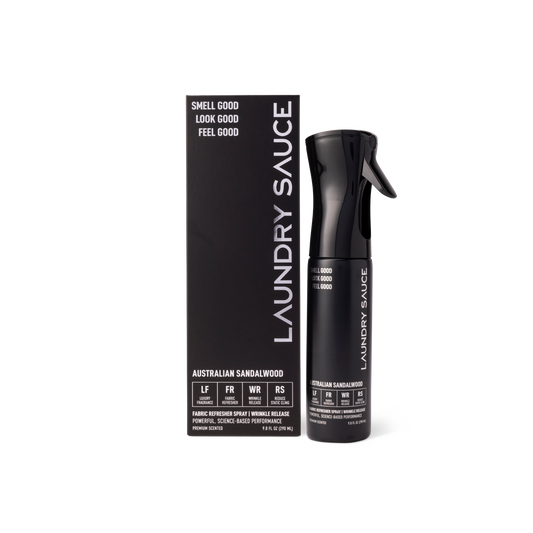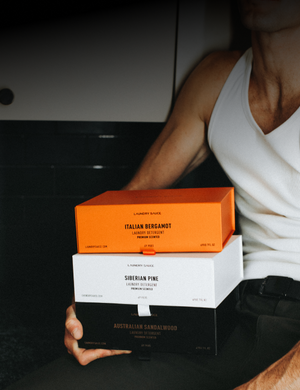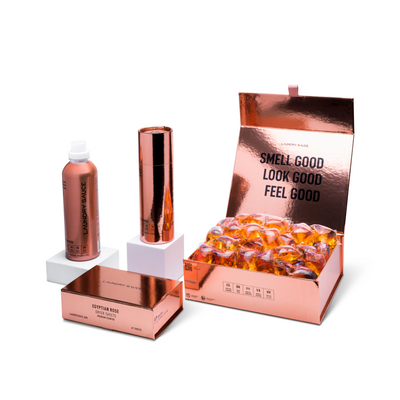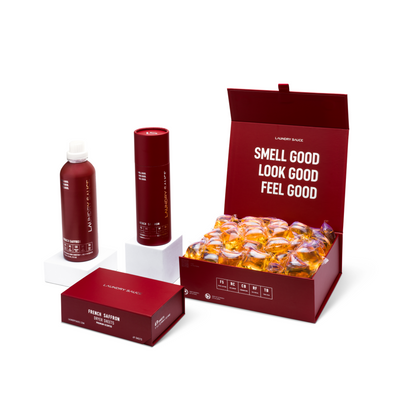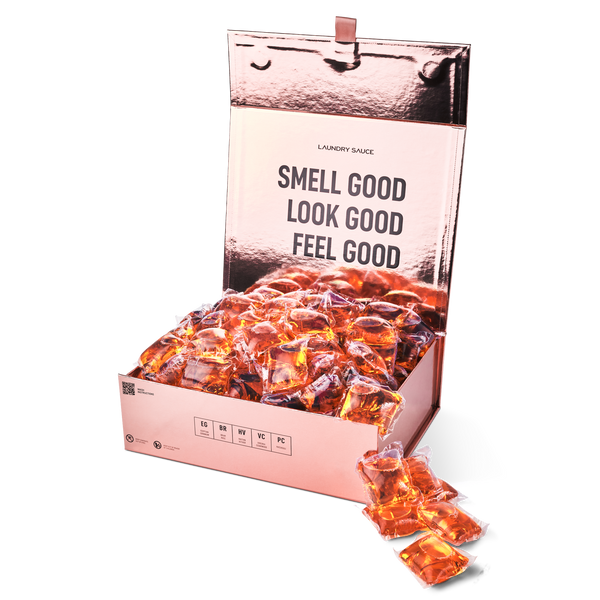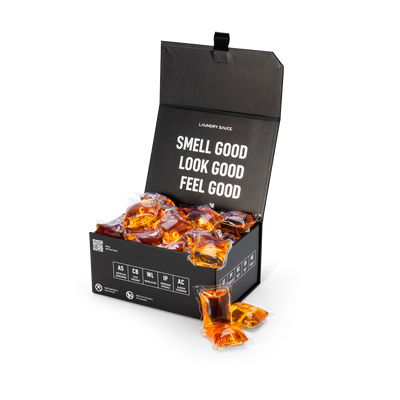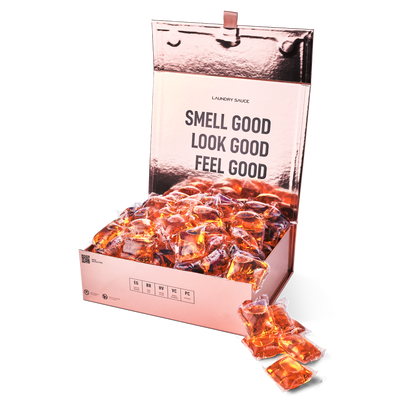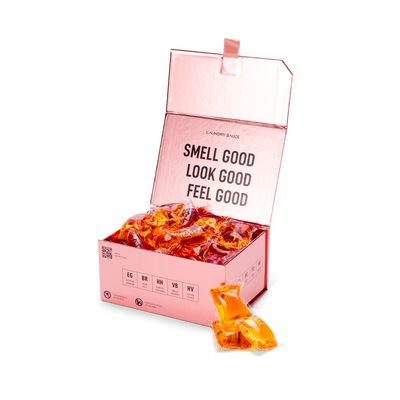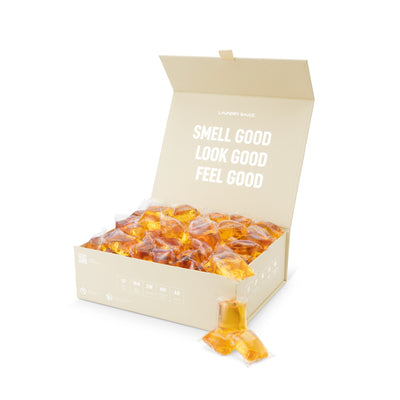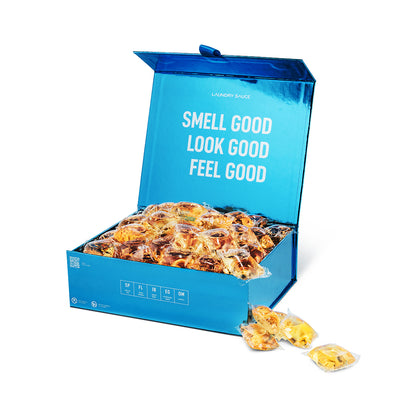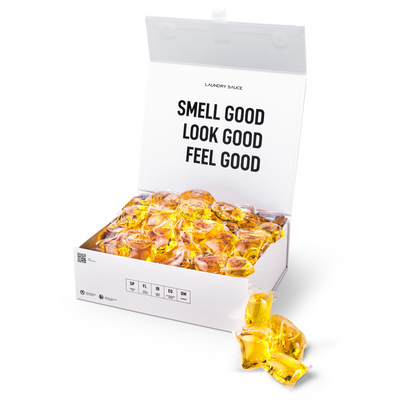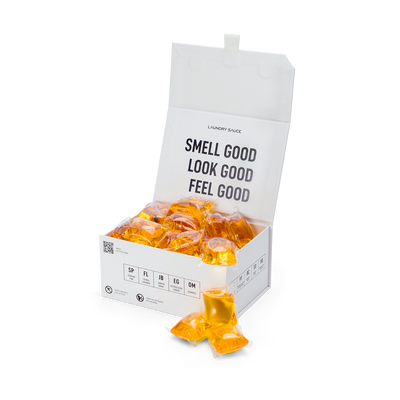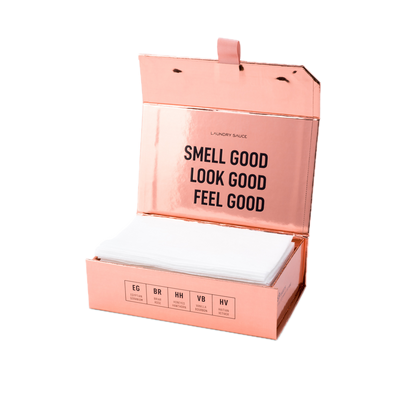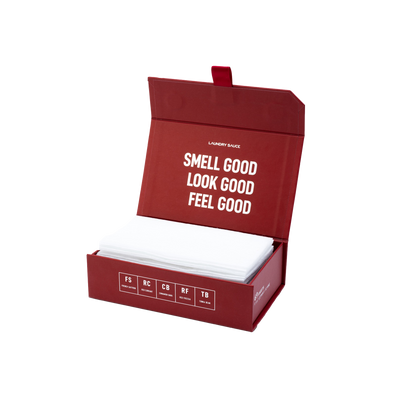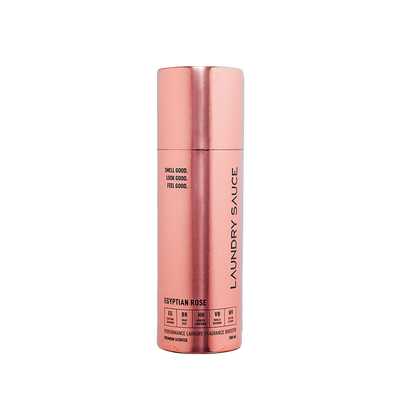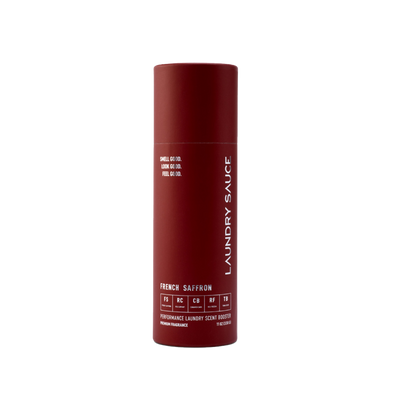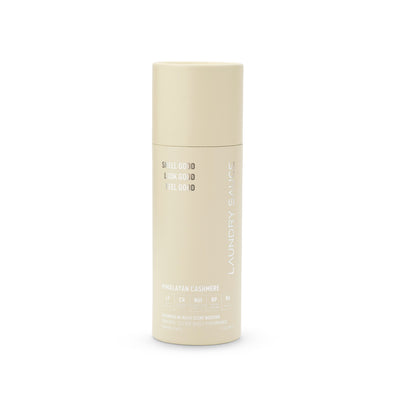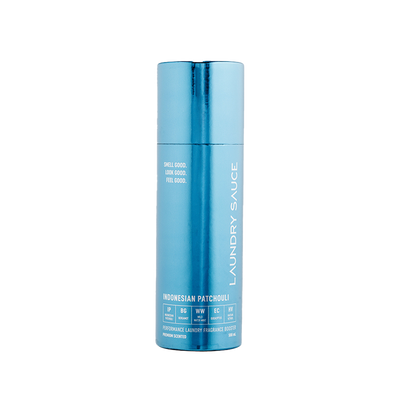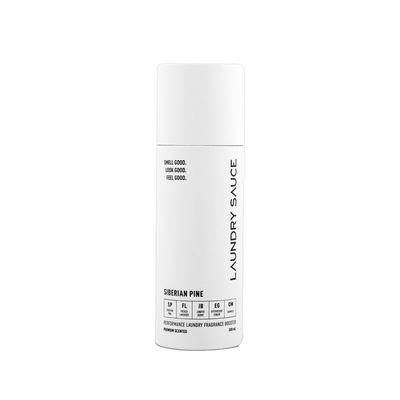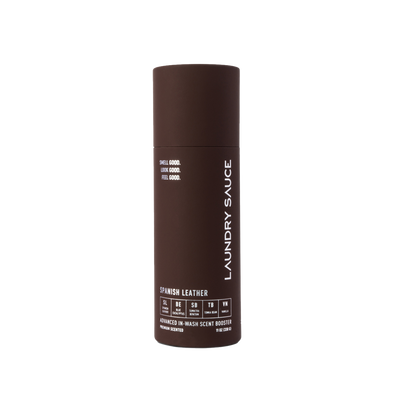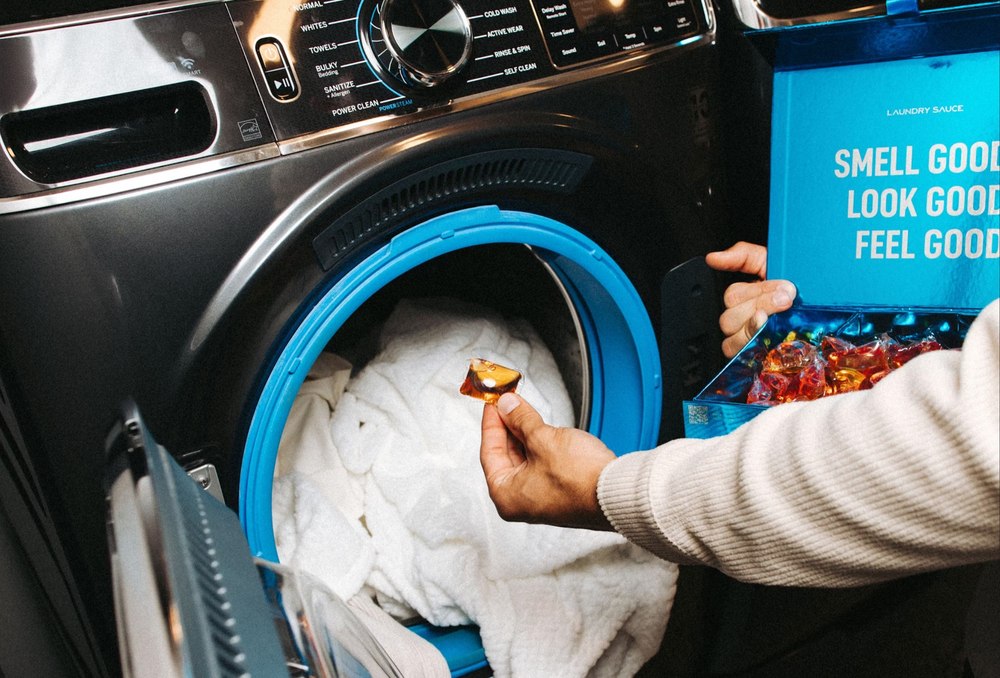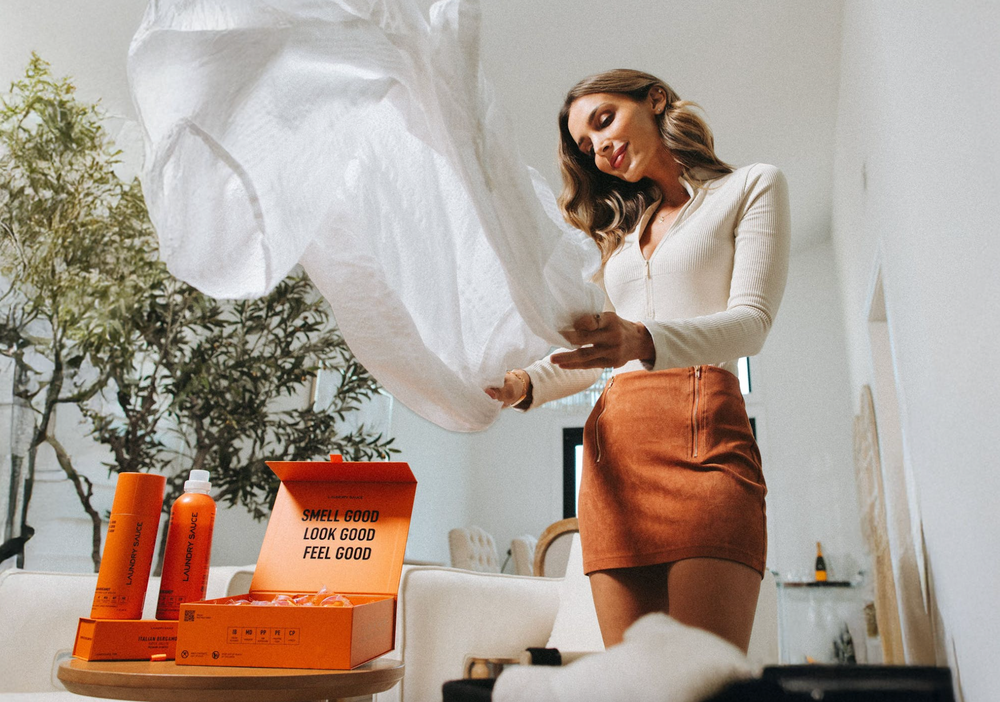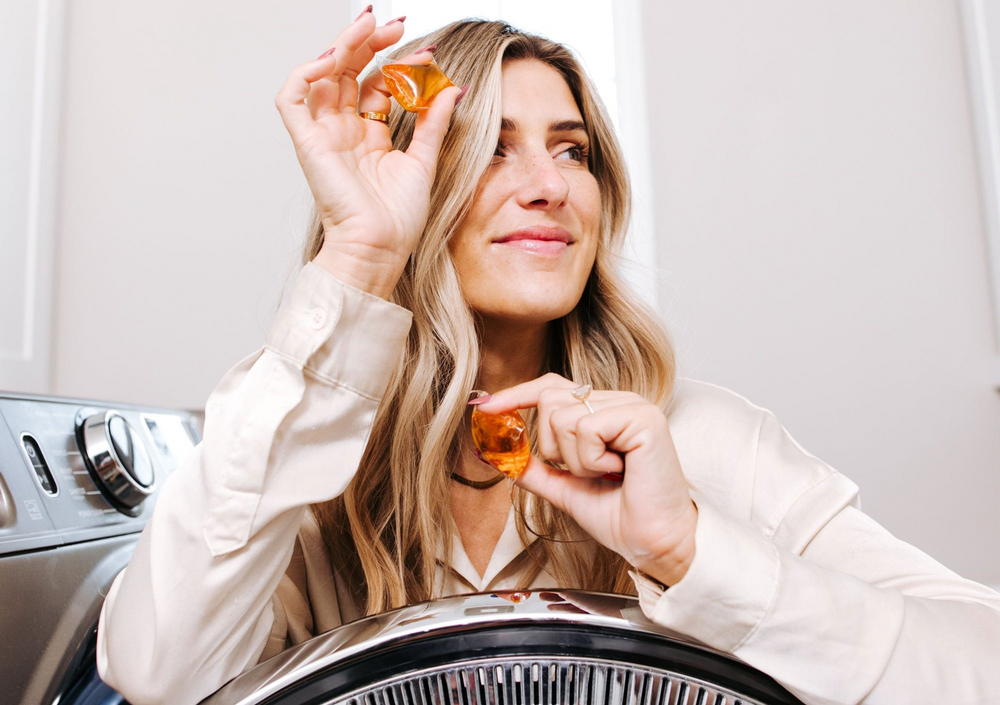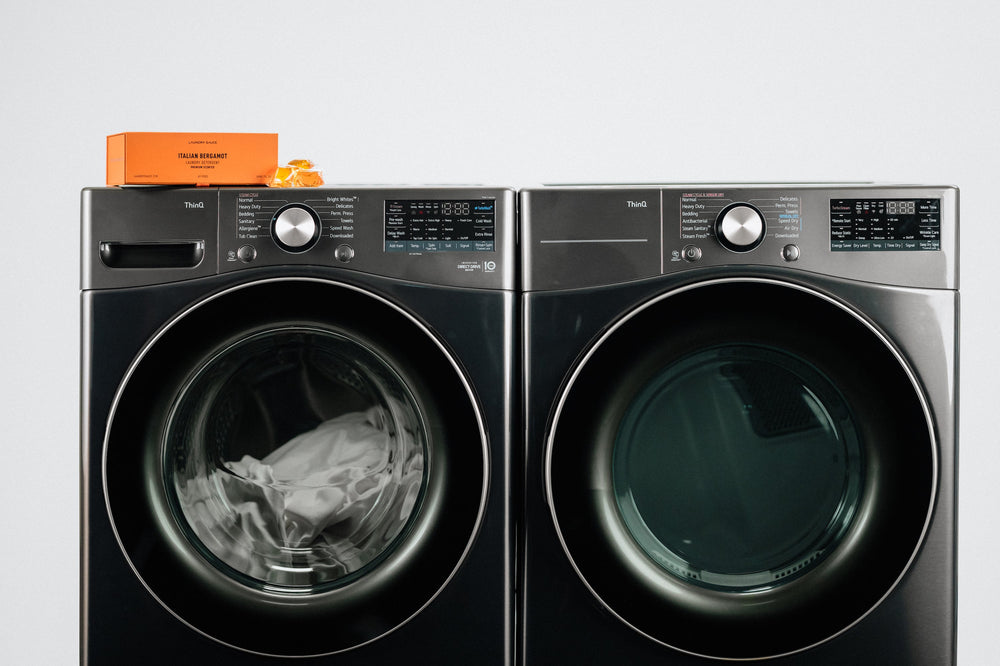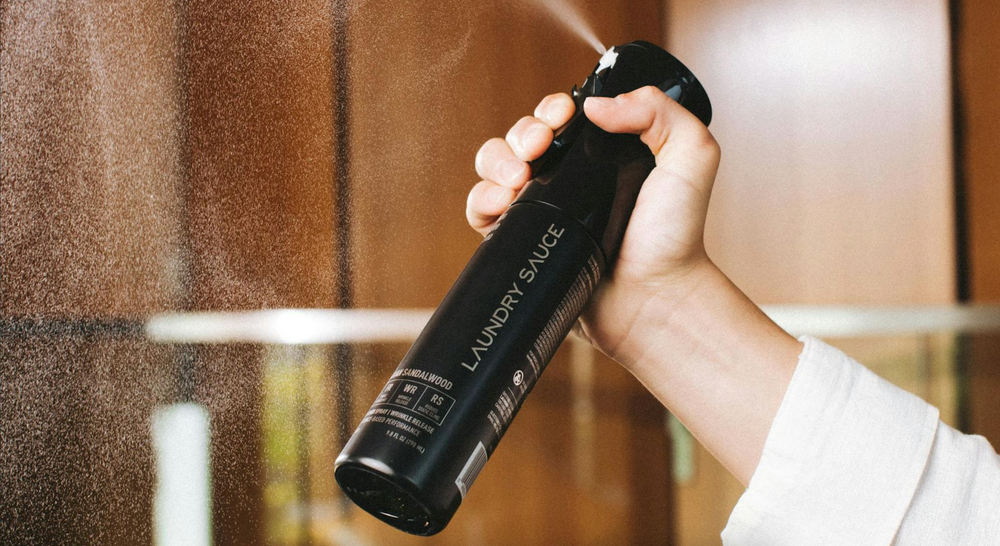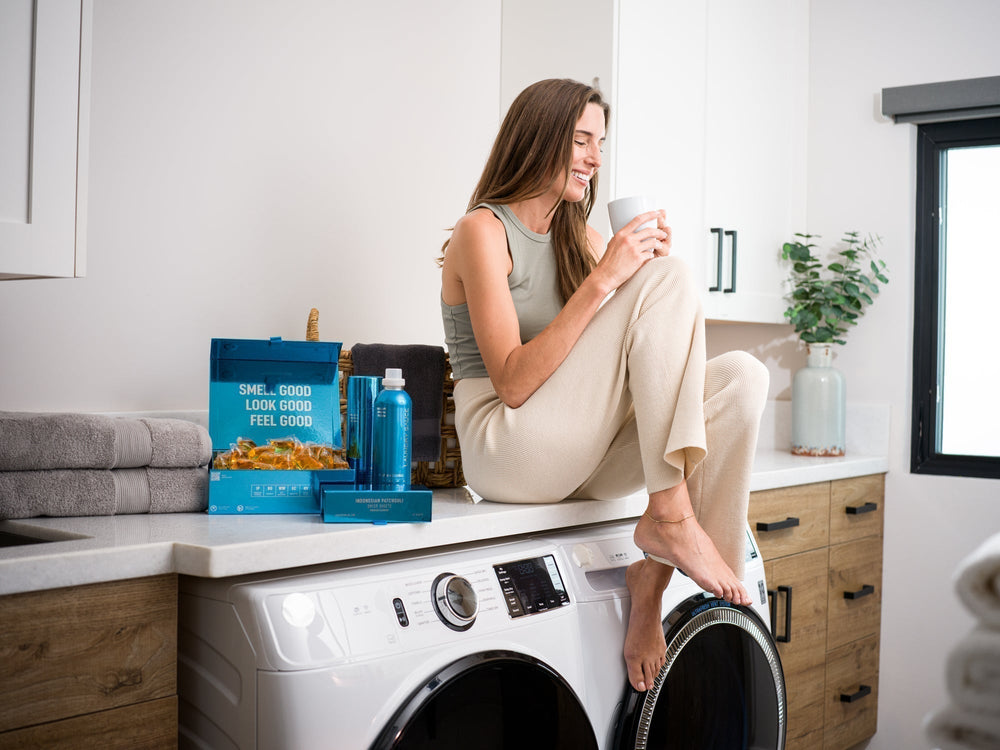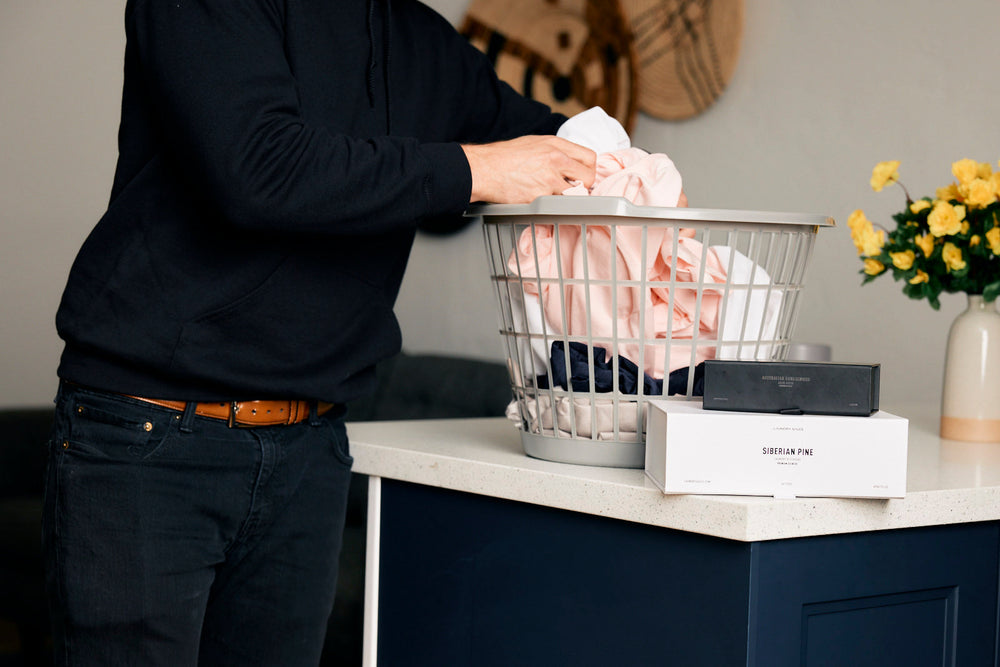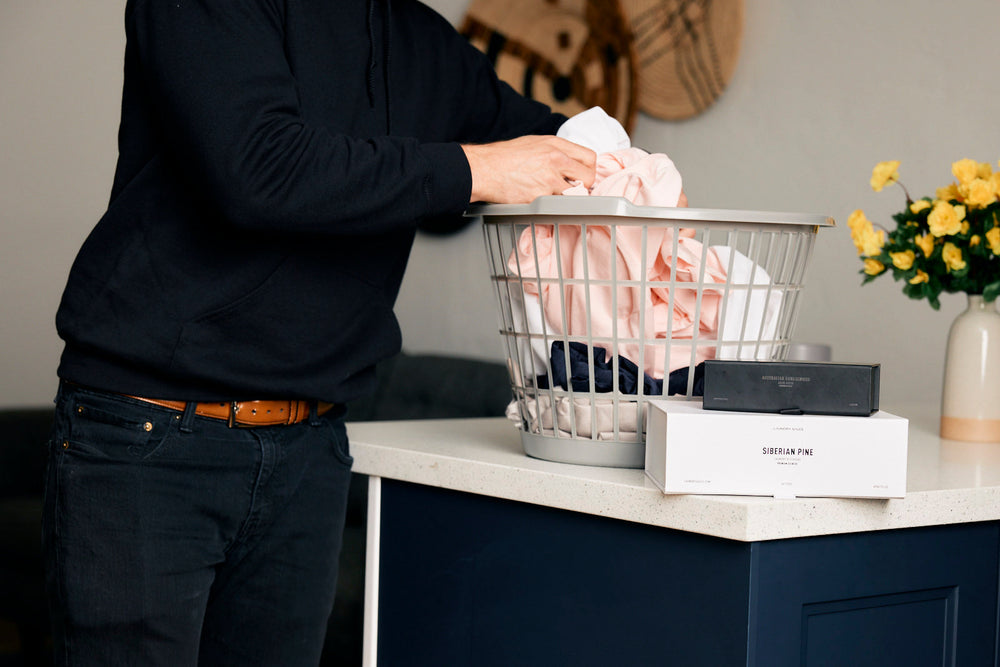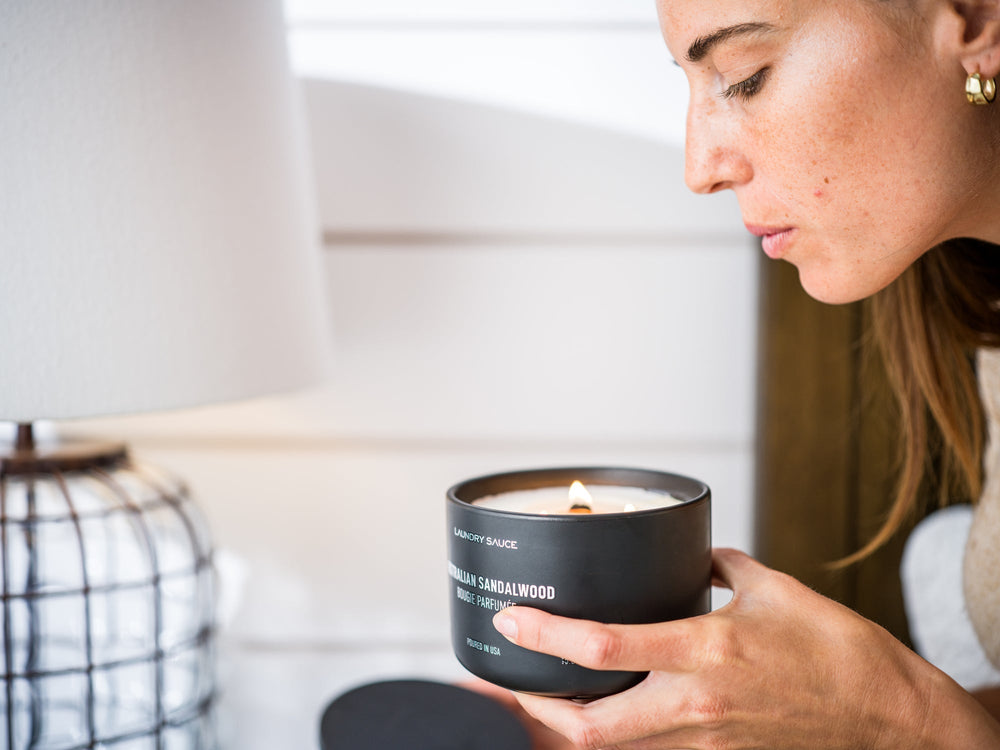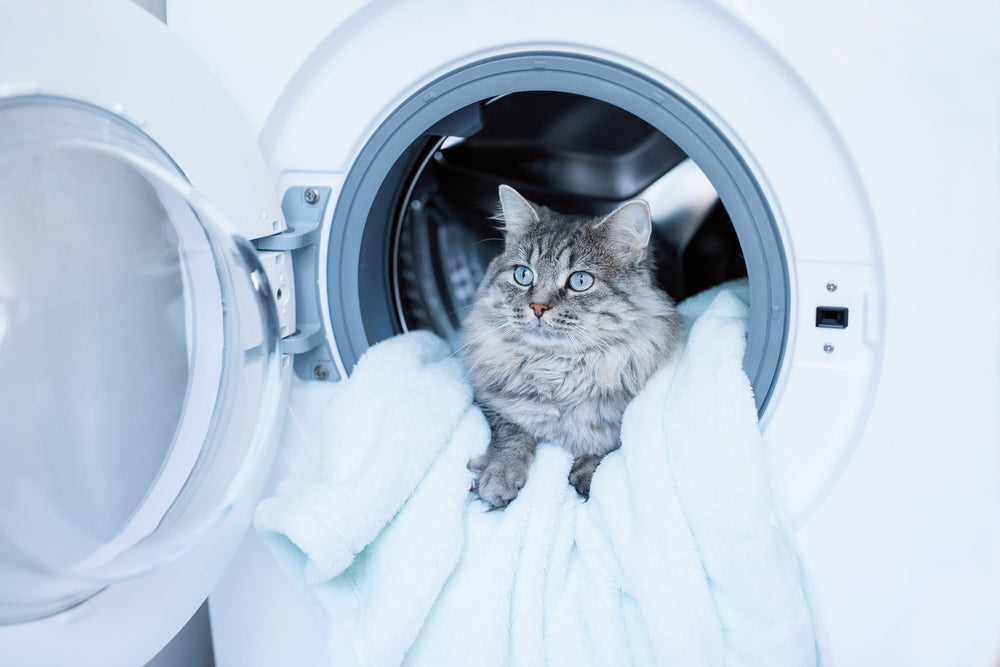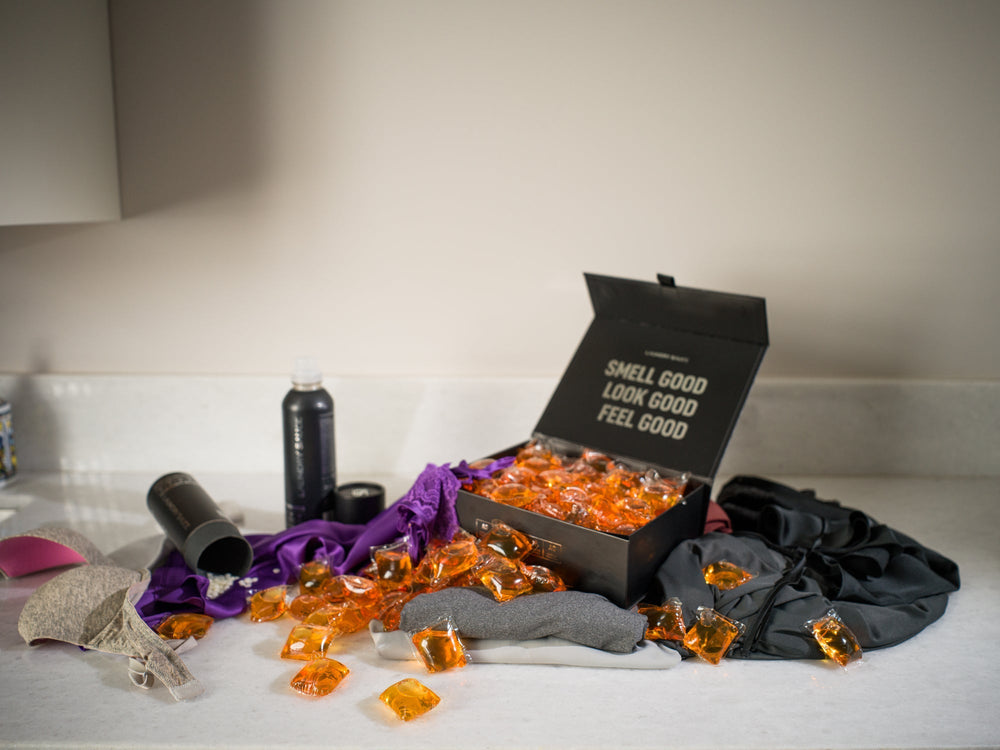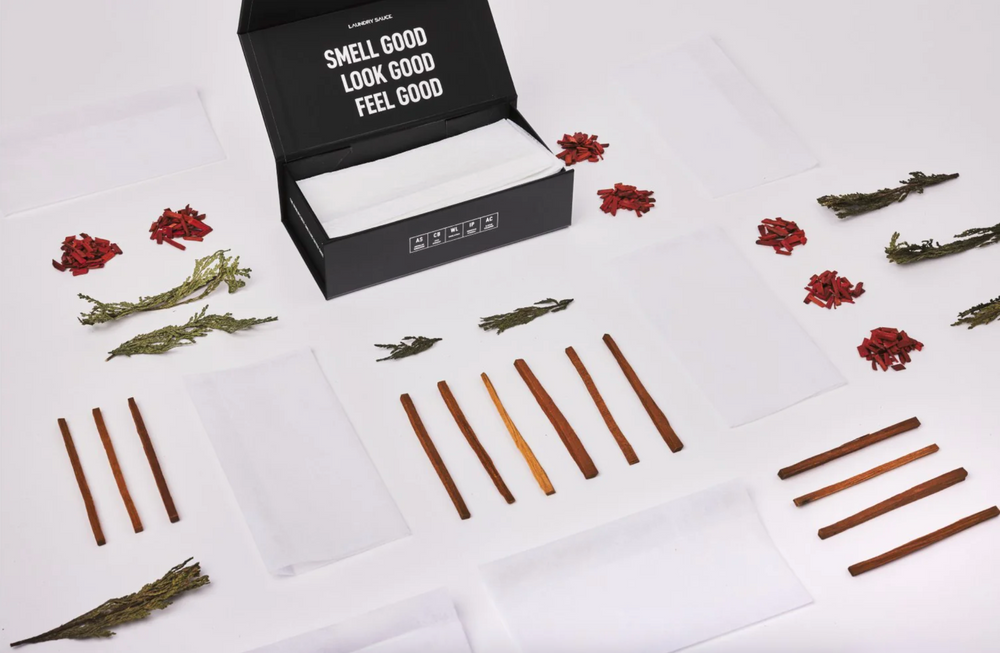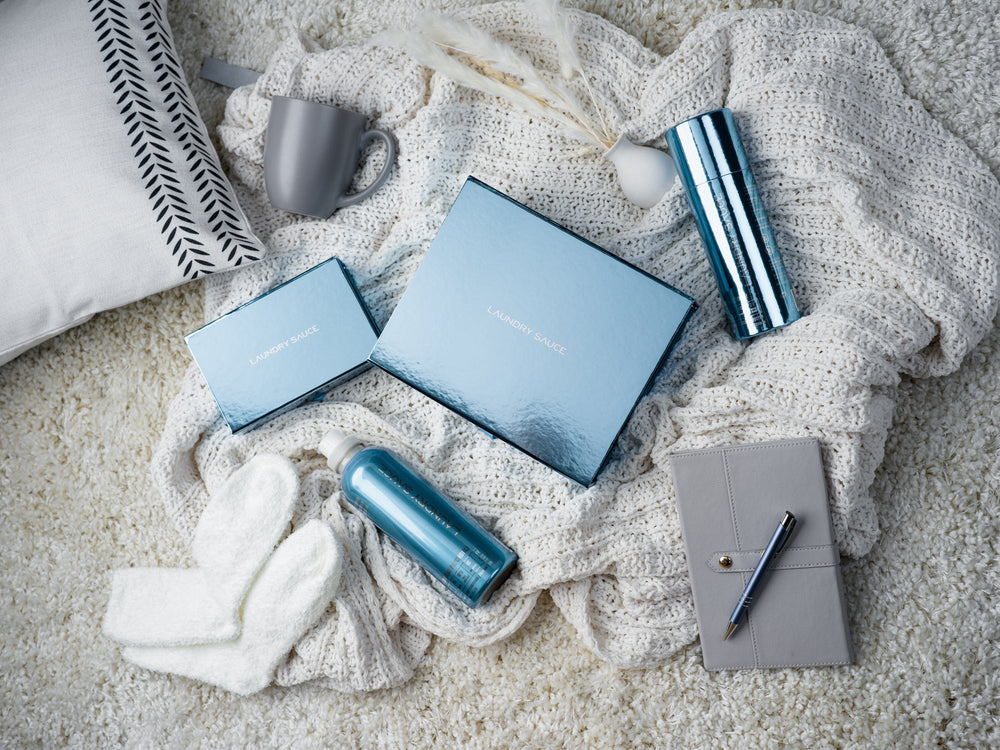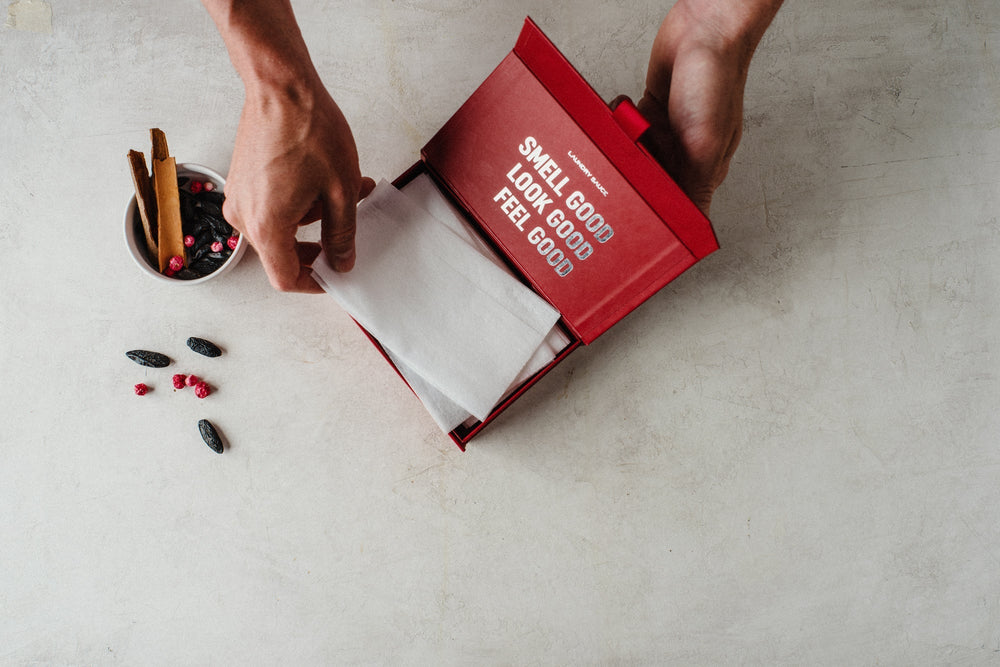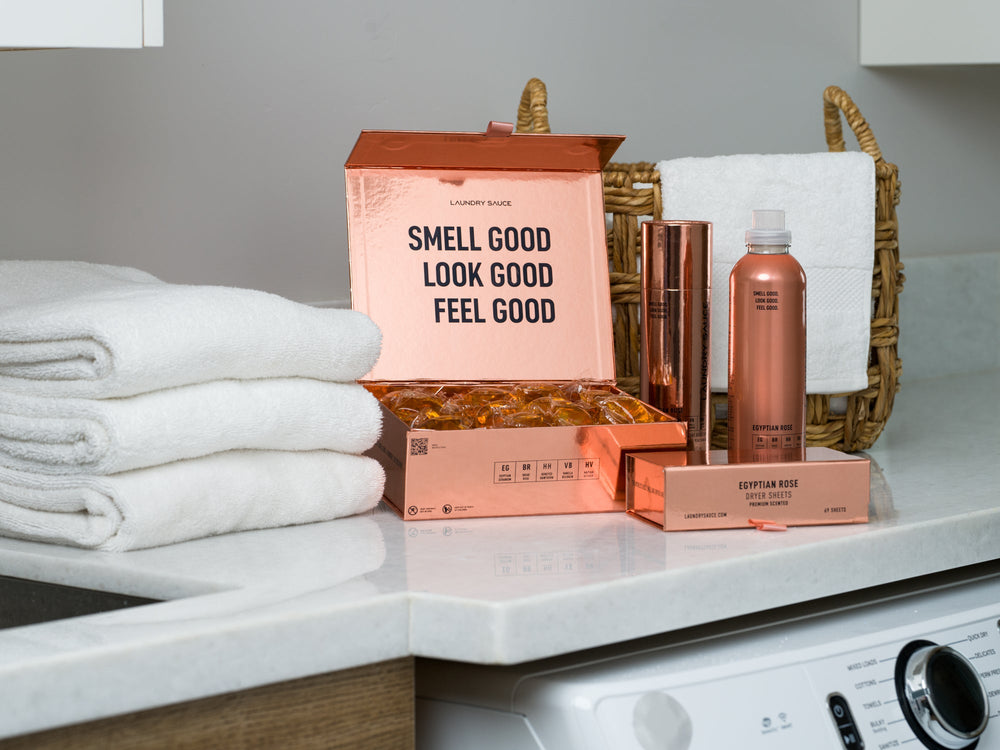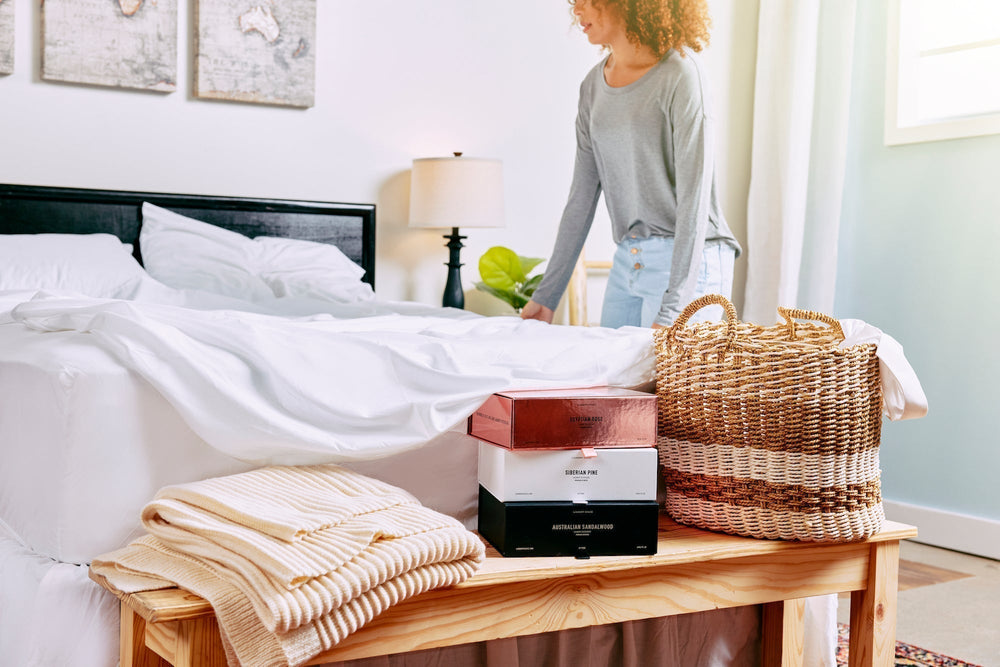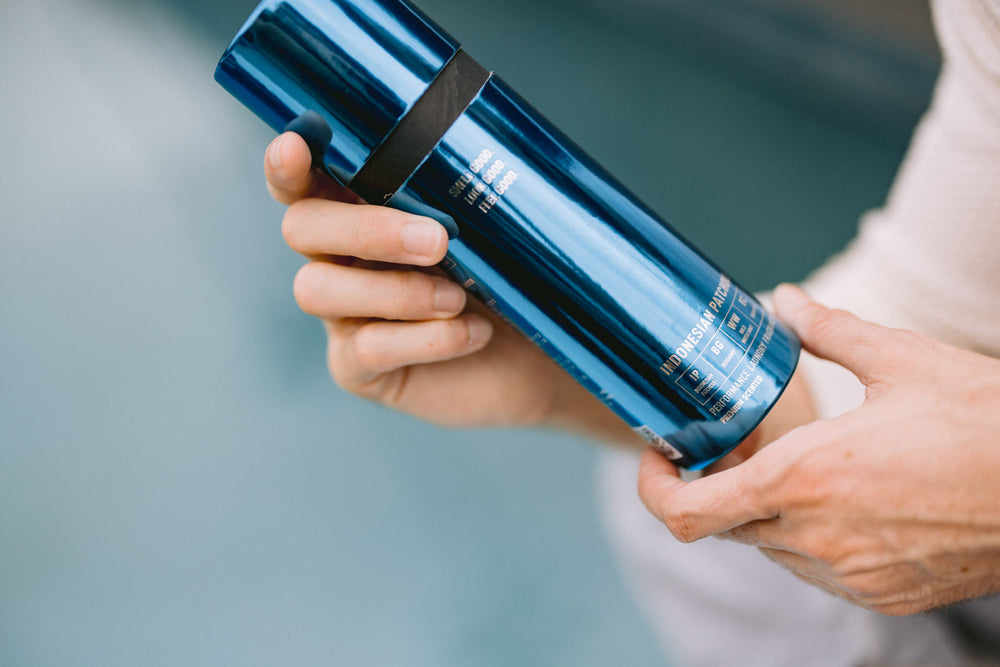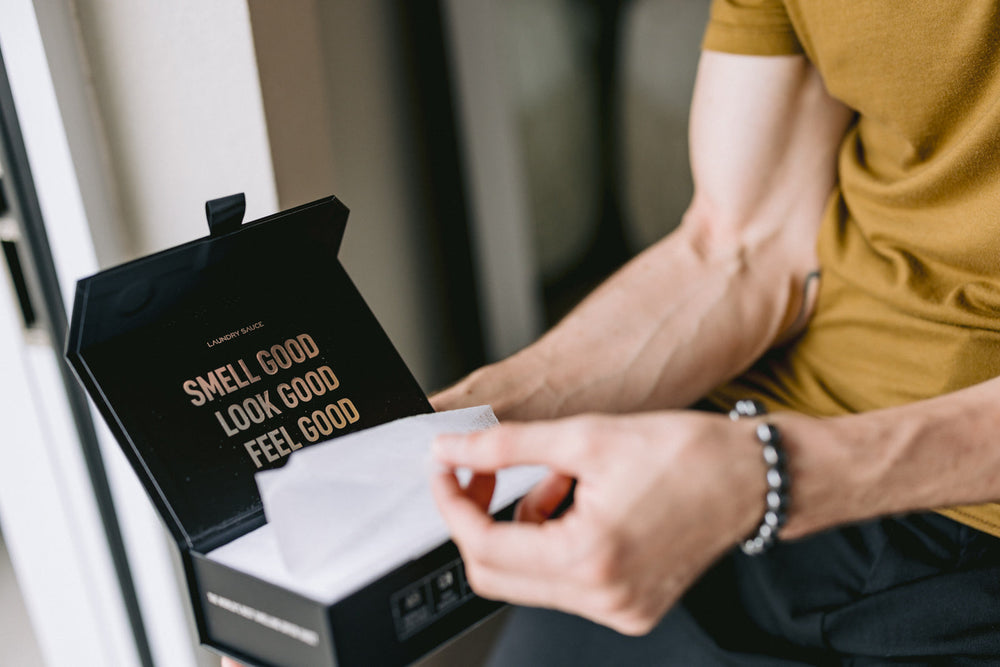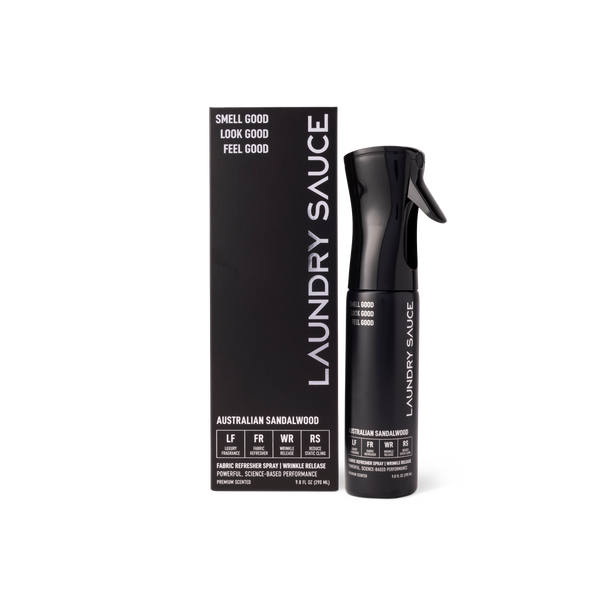Here’s how to wash sheets:
- 1. Check the care label on your sheets
- 2. Separate your sheets from the rest of your laundry
- 3. Pre-treat any stains
- 4. Add laundry detergent pods
- 5. Select the cycle for your fabric type
- 6. Choose the right water temperature
- 7. Hang to air dry
One-third of your life is spent horizontal. Which means your bed isn’t just where you crash—it’s where you live, breathe, sweat, and occasionally snack at 2 a.m. And while it might look clean, your sheets are quietly collecting body oils, dust, and (if your dog sleeps there) enough fur to knit a sweater.
Even if you shower right before bed, sweat, dirt, and oil build up in the fibers, feeding dust mites and irritating your skin. Ignore them long enough and you’re looking at irritated skin and that unmistakable “something’s off” smell.
It’s not just about how often you wash your sheets—it’s how you wash them. Below, we’ll walk you through the step-by-step method for washing sheets the right way—plus a cheat sheet for every fabric type.
1. Check the Care Label On Your Sheets
Before you even think about hitting “start,” check the care label. Different fabrics call for different treatment. Cotton can handle heat, silk can’t. Linen loves air drying, polyester doesn’t mind a tumble. The label isn’t a suggestion—it’s your roadmap to clean, long-lasting bedding.
2. Separate Them from Other Laundry
We know it’s tempting to toss everything in one load and call it a day. But washing sheets with towels or clothes is a rookie mistake.
Sheets need room to move freely in the drum for a thorough clean. When they’re mixed with bulkier items, they tangle and trap laundry detergent, leaving you with uneven washing and a wrinkled mess.
3. Pre-Treat Stains
If you have any noticeable stains on your sheets, it’s best to treat them before you run them through the wash cycle; otherwise, the stains might set.
You can use a spot remover to lift stains from food, dirt, and makeup. Alternatively, you can scrub the stain with a bit of dish soap.
For tougher stains like blood, coffee, or red wine (we’re not above sipping a glass in bed), you may need to soak the area with a stronger stain remover.
4. Add Your Laundry Detergent
The best detergent for sheets is one that cleans deep without being harsh on fabric—or your skin. A gentle, enzyme-based laundry pod does exactly that. It breaks down dirt and body oils while keeping fibers intact.
Liquid detergents often leave residue behind, especially on lightweight fabrics like bamboo or silk. Laundry pods, on the other hand, dissolve evenly and distribute the right dose every time.
Now, let’s talk about fragrance. Your sheets should smell as good as they feel. That’s why Laundry Sauce comes in sophisticated scents like Australian Sandalwood and Italian Bergamot, so your bed smells like a five-star hotel, not a laundromat.
Pro tip: If you have sensitive skin, check out Himalayan Cashmere—our first hypoallergenic laundry detergent.
No matter what your care tag says, these must-haves keep your clothes looking and smelling their best—minus the guesswork.
5. Select the Cycle for Your Fabric Type
This part isn’t guesswork. Fabric type dictates how much agitation your sheets can handle:
- Cotton & Linen: Normal or regular cycle. These fibers can handle a standard wash without losing their texture.
- Silk, Satin & Bamboo: Gentle or delicate cycle. Think soft swirls, not spin-cycle chaos.
- Polyester Blends: Regular cycle is fine—just avoid hot water to prevent pilling.
6. Choose the Right Water Temperature
Water temperature matters more than you think:
- Cold or Cool: Best for silk, satin, bamboo, and dark colors. It prevents fading and shrinkage.
- Cool or Lukewarm: Ideal for cotton and linen—warm enough to remove grime, gentle enough to preserve fibers.
- Warm (never hot): Acceptable for polyester blends if you need extra odor control.
Pro tip: Cold water is also the more sustainable choice. You’ll save energy and help your sheets last longer.
7. Hang to Air Dry
Nothing beats the feeling of air-dried sheets. They stay crisp, smell fresh, and avoid the wear that dryers can cause over time. Hang them evenly on a line or drying rack to prevent stretching.
If air drying isn’t realistic, tumble dry on low heat. Remove them promptly to avoid wrinkles and that baked-in dryer smell.
Your Cheat Sheet for Washing Sheets
Here’s your quick-reference guide for every major fabric type. Bookmark this—you’ll actually use it.
How to Wash Cotton Sheets
Water temperature: Cool or lukewarm
Cycle: Normal, regular, casual
Detergent: Mild detergent
Drying: Air dry or low heat
How to Wash Linen Sheets
Water temperature: Cool or lukewarm
Cycle: Normal, regular, casual
Detergent: Mild detergent
Drying: Air dry or low heat
How to Wash Polyester Blend Sheets
Water temperature: Lukewarm or warm
Cycle: Normal, regular, casual
Detergent: Mild detergent
Drying: Air dry or low heat
How to Wash Silk & Satin Sheets
Water temperature: Cold or cool
Cycle: Gentle or delicate
Detergent: Mild detergent
Drying: Air dry or low heat
How to Wash Bamboo Sheets
Water temperature: Cold or cool
Cycle: Gentle or delicate
Detergent: Mild detergent
Drying: Air dry or low heat
Common Questions About Washing Sheets
A few quick answers to the questions everyone Googles at midnight.
How Often Should You Wash Bedsheets?
Ideally, you should wash your sheets once a week. If you’re a night showerer who sleeps alone and doesn’t sweat much, you can push it to every 10–14 days. But if you have allergies, pets, or a partner—weekly is non-negotiable.
Can You Wash Sheets With Other Laundry?
Technically yes, but it’s not ideal. Sheets need space to move freely in the drum. Wash them alone or with other bedding for the best results.
Should You Wash Sheets with Warm or Cold Water?
Cold water is gentler and helps colors stay vibrant. Warm water does a better job of removing body oils, but can wear fibers down faster. Stick with cool or lukewarm for a happy medium.
What Is the Best Wash Cycle for Sheets?
For most cotton or linen sheets, a normal or casual cycle is perfect. Silk and bamboo should always go on delicate to prevent snags or stretching.
Sleep Like You’re in a 5-Star Hotel with Laundry Sauce
Clean sheets are great. Clean sheets that smell incredible are even better.
Laundry Sauce is designed to tackle dirt, oil, and odors while leaving behind sophisticated scents like Australian Sandalwood and Italian Bergamot—so when you crawl into bed, it feels (and smells) like a resort.
Your sheets work hard. Treat them to something worthy of eight hours a night.


